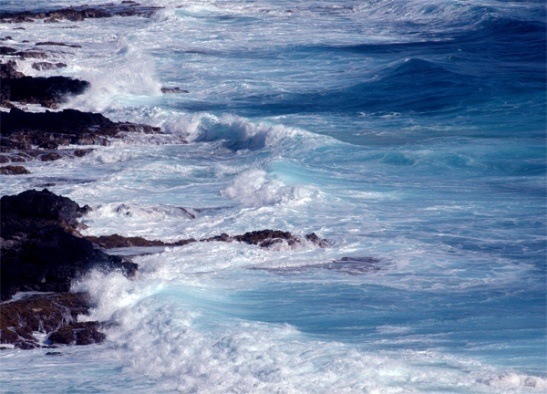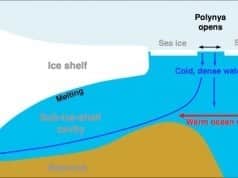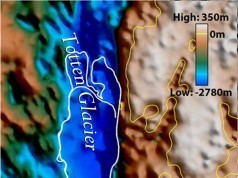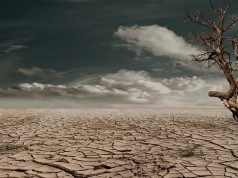The only place wind energy is free and easy is in the minds of green activists.
In the fantasy world inhabited by green activists, renewable energy sources are the future. If only fossil fuel companies would stop being self-interested, nasty, and mean, everything would be golden.
But in the real world, no matter what we try to accomplish, unexpected complications arise. Over the past few days alone, three important concerns have caught my eye with respect to wind energy. A University of Oslo magazine has published an article titled Windmills at sea can break like matches.
The surprising fact that waves generated by even small storms can destroy turbine columns 8 meters (26 feet) in diameter has mathematicians scratching their heads. Subheadings within that story read as follows:
- Financial ruin
- Unfortunate vibrations
- Unrealistic calculations
- Difficult mathematics
- [backup link here]
Then there’s the news article out of Germany titled Wind park building noise ‘can kill porpoises’. It turns out the hydraulic hammers used to install the “800-tonne steel base” required by each offshore wind turbine can damage the hearing of these marine mammals to such a degree that they become permanently disabled and eventually perish.
In Germany, there are rules about how much noise can be made underwater and the construction of offshore wind installations violates those rules. A technological solution has been developed – it’s called a bubble curtain – but complications connected to the deployment of these curtains can add €90,000 to the cost of each turbine (backup link).
According to a website run by the U.S. Department of the Interior:
Wind energy is a free, renewable resource, so no matter how much is used today, there will still be the same supply in the future. [bold in the original, backed up here]
Eight-meter thick wind turbines that break like match sticks in stormy weather, that require 800-tonne steel bases, that cost an extra €90,000 each due to sound-deadening measures, are not producing energy that can be considered, by any stretch of the imagination, free. But it also turns out that there may be dramatically less wind available to us than we’ve naively assumed.
A Harvard press release issued this week says that “research suggests real-world generating capacity of wind farms at large scales has been overestimated.” In the words of one of the researchers:
as soon as you start to develop wind farms and harvest the resource, you change the resource, making it difficult to assess what’s really available.
The press release explains:
Each wind turbine creates behind it a “wind shadow” in which the air has been slowed down by drag on the turbine’s blades. The ideal wind farm strikes a balance, packing as many turbines onto the land as possible, while also spacing them enough to reduce the impact of these wind shadows. But as wind farms grow larger, they start to interact, and the regional-scale wind patterns matter more.
I’ve said it before and I’ll say it again: There is no perfect energy source. All the options available to us have pros and cons. Tradeoffs are a normal part of life.
The only place wind energy is free and easy is in the minds of green activists.






